Steady, Upward Learning During Shaky Times
A MiddleWeb Blog
Dr. Curtis Chandler is a teacher educator at BYU-Idaho and a former Kansas Teacher of the Year. His many posts for MiddleWeb include last spring’s Ideas for STEM Summer Fun at Home. Which seems timely right now! In the new post below, he has special tips for novice teachers (and the rest of us).
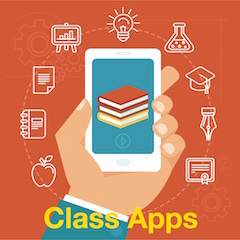 Imagine crash-landing in a remote part of the jungle. Out of pure survival, you set off through tangled forests and dense vegetation…not knowing exactly which direction you are headed and having absolutely no idea where you will end up.
Imagine crash-landing in a remote part of the jungle. Out of pure survival, you set off through tangled forests and dense vegetation…not knowing exactly which direction you are headed and having absolutely no idea where you will end up.
For many of us, particularly those new(er) to the teaching profession, the recent weeks of “distance learning-on-the-fly” has resulted in a similar feeling as we fumble through unfamiliar and uncharted territory.
The widespread shutdown of brick-and-mortar classrooms has pushed educators out of our comfort zones and left many of us floundering to develop meaningful, remote learning that will challenge, engage, and support our students.
Challenging Minds During Challenging Times
It can be terribly tempting to curtail the rigor of a lesson when we feel uncertain, rushed, and/or lacking control. I can think, for instance, of the numerous times over the years when I have needed a last-minute substitute in my classroom due to a minor emergency or surprise illness of one of my own children.
Though I had previously developed challenging learning goals and high-interest, cognitively rigorous learning tasks for the day, I usually found myself making copies of easy-to-execute, mundane packets that students could complete independently.
If we are not vigilant, we will likely do the same (at least to some extent) when it comes to designing distance-based learning tasks for our students. The vast majority of us, however, are seeking to challenge students’ minds – even in these uncertain times.
The recipe for challenging students has only a handful of simple ingredients and steps that, if followed properly, will prove successful…even with teachers lacking experience and confidence in delivering instruction remotely.
Thankfully, Some Things NEVER Change
Though our circumstances have changed, effective instruction – for the most part – remains the same. I’m not oblivious to the challenges that surface when we are compelled to move learning online overnight (and somehow make it accessible to all students…even those without internet access). However, the building blocks of learning endure:
1. Design challenging learning goals.
2. Sketch out assessments/learning activities with clear criteria for success.
3. Identify what modeling, scaffolding, and feedback students will need to be successful.
4. Explore/identify simple tech and no-tech solutions to help you and your students accomplish steps 1-3.
In a time when many of us – teachers and students – are feeling a tad disoriented, it is imperative that we start by reestablishing (and communicating) a clear vision of where we are headed. This means a back-to-basics approach of examining what knowledge, skills, and curriculum standards still need to be tackled in the weeks and months to come.
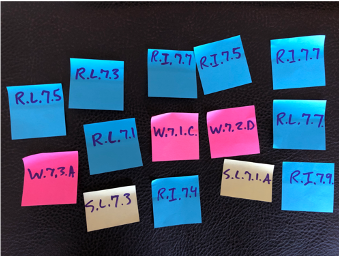
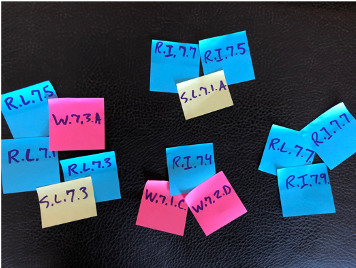
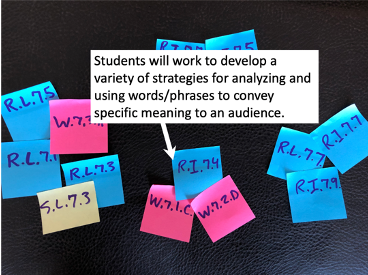
Once I have learning goals in place, I develop/refine key assessments and learning activities to ensure that they are (a) aligned to upcoming learning goals and (b) focus on issues/topics that students are likely to care about. The goal should be to foster students’ emotional investiture by making learning tasks real-world relevant and encouraging collaboration/global connections.
The key is to involve adolescents in doing what comes the most naturally to them – to care deeply about the world outside of school, invest in the problems of others, and work to increase their own capacity to face and overcome difficult challenges.
Clear Criteria for Success
All of us have likely experienced the frustration that occurs when we want to do well but are unclear about what we are trying to accomplish and/or how we will be evaluated. We want to cry out… “Just tell me what it is that you want from me!”

As often as possible, we should seek to provide students with examples of student work representing high, medium, and low levels of performance. When time constraints do not allow for all three, I seek to provide at least a high sample, or completed example (with accompanying descriptions) that meets the desired criteria. For instance, I might provide my students with something like this while working to develop an introduction to our essay:
Providing examples to students has three benefits:
► First, students appreciate knowing what success looks like rather than playing “guess what’s in the teacher’s head.”
► Second, examples of work articulate a higher standard for task completion than many students might set for themselves otherwise.
► Finally, work samples provide a measuring stick for students to periodically pause, evaluate, and reflect upon their own work/performance.
Support and Suggestions
Since the Covid pandemic, the most challenging component of teaching has been to find ways to provide the scaffolding and feedback my students need. Despite the physical distance between us, our kiddos continue to crave focused, effective, and timely feedback.
The truth is that, with remote learning, the need for feedback is just as important…if not more so than it is in a face-to-face classroom. When it comes to online and remote teaching, feedback should be prompt, frequent, personalized, detailed, clear, and specific (Leibold & Schwarz, 2015).
Feedback can take the form of…
- comments, instant messages, and emails that address students’ questions.
- rubrics/scoring guides that indicate strengths/growth opportunities.
- audio files with feedback on students’ work.
- short video messages.
- live, web-based conferencing.
The key is to regularly and frequently remind students that you care, have high expectations, and will continue to provide information to help them move closer to a desired level of knowledge.
Teaching First, Technology Last
This is first blog post that I can remember writing that hasn’t included a continual stream of “sure-fire technology tools” to smooth out the rough edges of whatever teaching topic it is that I am addressing. There is no shortage of articles and posts right now on what tech we should be using during the COVID crisis. (My favorite – by the way – is Tan Huynh’s Five Virtual Teaching Strategies that includes a practical assortment of high-tech, low-tech, and no-tech options.)
In a time when everyone seems bent on finding a single silver bullet, a digital tool or platform that fixes our distance learning current challenges, I simply offer this suggestion: focus on teaching first…and technology last.
We now find ourselves in uncharted territory. Getting out of the tangled underbrush will take time and patience. It will require each of us to focus on, above anything else, solid teaching practices.
Our task isn’t merely to improve our ability to teach remotely, but is for each of us to maintain calmness, clarity, consistency, and high standards for learning.
References
Leibold, N., & Schwarz, L. M. (2015). The art of giving online feedback. Journal of Effective Teaching, 15(1), 34-46.

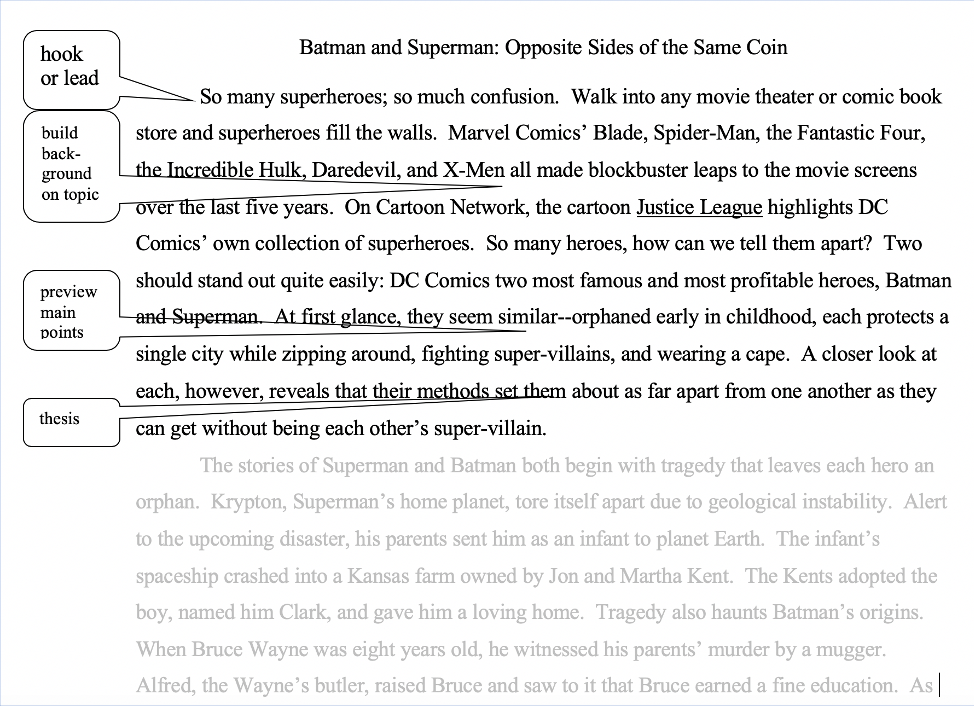






























Thanks for this great article! I think that “identifying” and “focusing” are critical aspects of teaching at this time (or any time). Regardless of the method, teaching must focus on the students and their needs, which you so aptly laid out. Thanks again!
I have a teacher’s crush on Curtis Chandler’s mind.